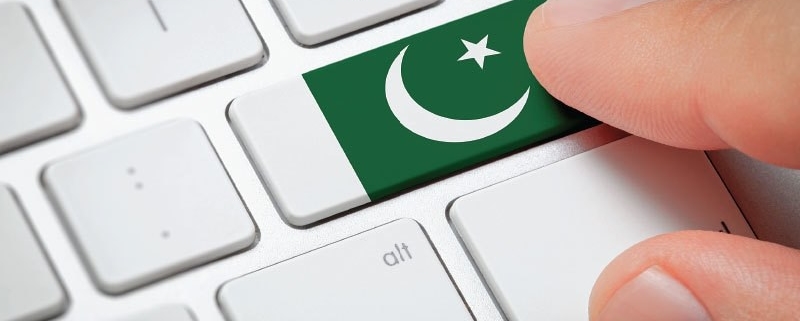TECHNOLOGY: TOWARDS A REAL DIGITAL PAKISTAN – Newspaper
At the end of May, Prime Minister Imran Khan inaugurated the Ehsaas Saving Wallets initiative in Islamabad, a programme that will bring women into the financial inclusion net by allowing female beneficiaries the use of digital wallets for savings and cash withdrawals.
“As the pool of bank accounts increases, poverty decreases,” said the prime minister. “And when you bring women into the financial system, they are able to save money, start businesses and control their own lives.”
Given that only 18 percent of women in Pakistan are account holders, this initiative aims to widen the financial net for women. However, access to mobile money wallets requires access to mobile and internet services. Increasing the number of digital wallets for women may, therefore, prove to be a Herculean task, considering that Pakistan suffers from a 38 percent gender gap in mobile phone ownership (the highest in South Asia) and a 49 percent gender gap in internet usage.
The problem doesn’t end there. According to the Economist Intelligence Unit (EIU) Inclusive Internet Index, Pakistan has consistently ranked last for internet inclusivity in South Asia, and has been in the bottom three places for all of Asia over the past four years.
Enter Covid-19. While the pandemic has had a devastating effect on societies and economies, it has provided an unexpected jumpstart to digital Pakistan that deserves highlighting. Both in Pakistan and across the globe, digital solutions for communication, learning, health, finance and other services prevented large-scale transmission of the virus, while enabling connectivity during periods of mass lockdowns. Notable examples in education include the large-scale transfer of students to online communication platforms, such as Zoom, and tele-school initiatives, such as Taleem Ghar and TeleTaleem.
Pakistan’s digital response to the pandemic has laid bare the spectrum of issues that prevent digital connectivity in the country. How can the country move towards a more connected and inclusive digital space?
However, the pandemic has also made it evident that these digital solutions are only possible for a select few. Covid-19 has…


